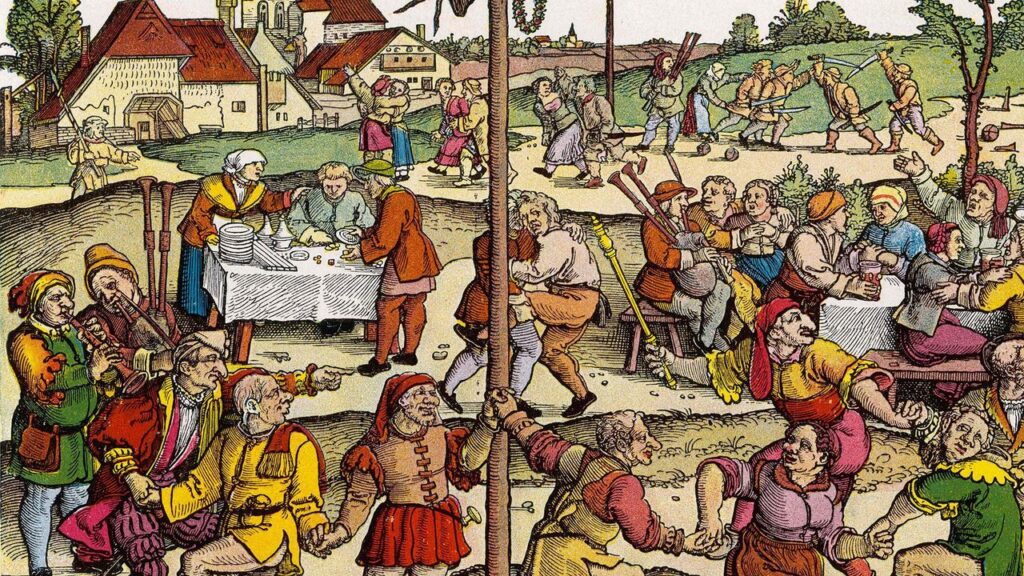Throughout history, there have been several instances of people dancing themselves to death. These bizarre outbreaks, known as “dancing mania” or “choreomania,” occurred primarily during the Middle Ages and the Renaissance. One of the most famous and well-documented cases of dancing mania is the Dancing Plague of 1518, which took place in Strasbourg, France.
The Dancing Plague of 1518 began in July of that year, when a woman named Frau Troffea began dancing uncontrollably in the streets. She danced for hours on end, ignoring her family’s attempts to stop her. Within a week, over 400 people had joined her in this bizarre behavior. The dancers were unable to stop, even when they collapsed from exhaustion or suffered heart attacks and strokes.
As the dancing continued, authorities became increasingly concerned about the well-being of the dancers and the impact of the outbreak on the city’s infrastructure. They tried to intervene by setting up a stage and hiring musicians to encourage the dancers to continue dancing until they exhausted themselves. Some dancers were taken away to be treated for exhaustion, but most returned to the streets to continue dancing.

The exact cause of the Dancing Plague of 1518 remains unknown, but historians have suggested several theories. Some believe that the outbreak may have been a form of mass hysteria, brought on by stress and societal upheaval. Others have suggested that it may have been related to ergot poisoning, a condition caused by eating bread contaminated with a fungus that can cause hallucinations and seizures.
Regardless of the cause, the Dancing Plague of 1518 had a profound impact on the people of Strasbourg. The outbreak lasted for several months, during which time many people died from exhaustion, heart failure, or other complications related to the constant dancing. Some people believed that the outbreak was a punishment from God and began to participate in religious processions to appease him.
The Dancing Plague of 1518 has captured the imaginations of people for centuries. It has been the subject of numerous books, plays, and films, and has been used as a metaphor for everything from social unrest to mental illness. While the exact cause of the outbreak remains a mystery, it is a powerful reminder of the impact that stress and societal upheaval can have on human behavior.




